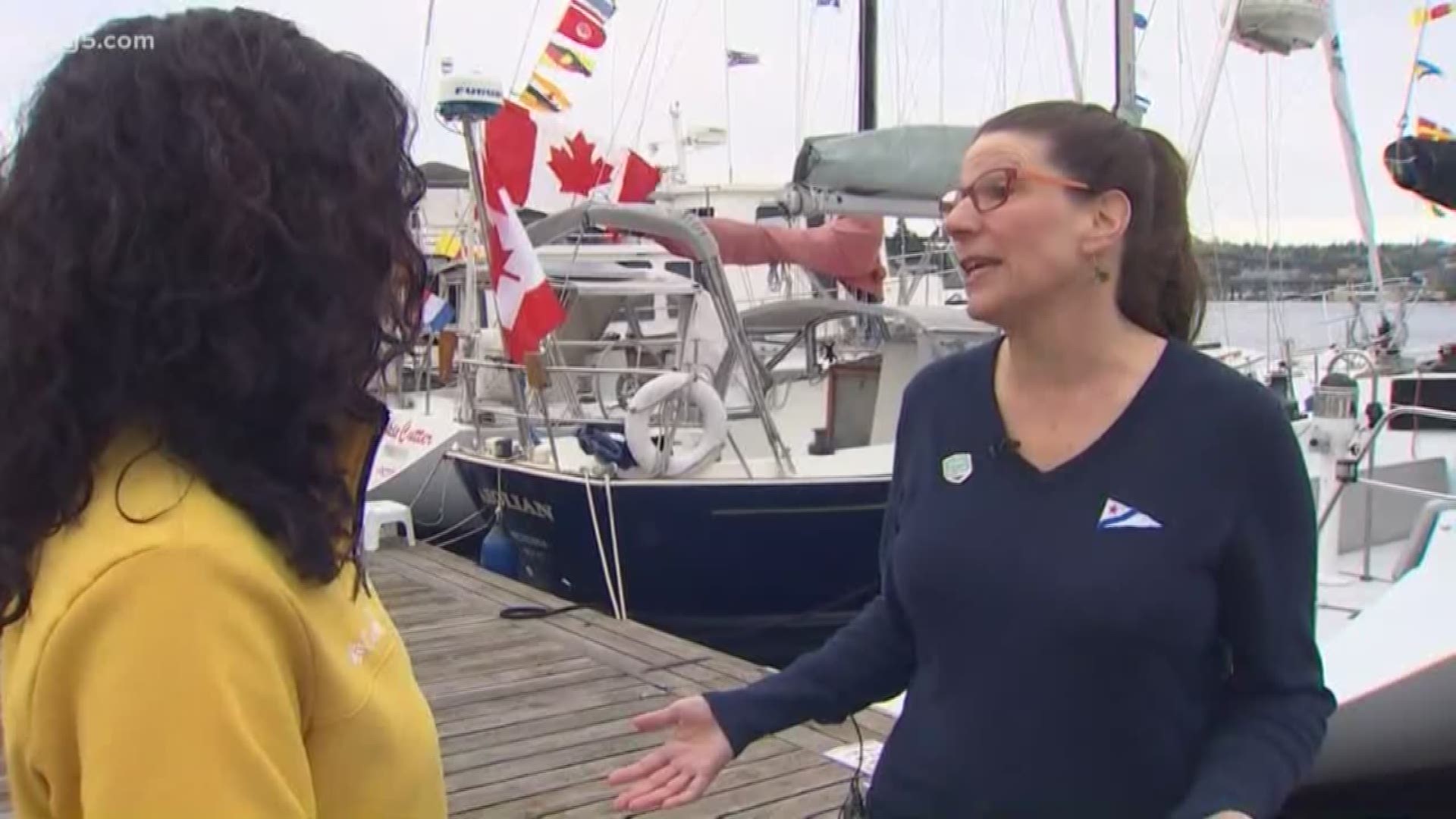Boating season is just around the corner, and while the weather is getting warmer, the water is not.
Experts consider cold water to be anything less than 70 degrees Fahrenheit, so all Washington waterways would be included.
Many people may be familiar with the dangers of hypothermia, but cold water shock is often more dangerous. Cold water shock occurs when the body is suddenly immersed in cold water. The person starts involuntarily gasping or hyperventilating, and may lead to cardiac arrest.
Washington State Parks has these tips to stay safe on the water.
- Always have a life jacket for everyone on board – Washington state law requires every vessel, including kayaks, canoes, and stand up paddle boards to have at least one life jacket for each person one board that fits properly and is U.S. Coast Guard approved. Children under 12 years old are always required to wear a life jacket.
- Take a boater’s safety class – If you are operating a boat with 15 horsepower or greater, state law requires you to have a Washington State Boater Education Card to learn navigation rules and emergency procedures. There are classroom, home study and online courses with an exam at the end.
- Boat sober – Stay on alert for unexpected hazards by avoiding alcohol, marijuana and prescription drugs that can decrease your ability to react to unexpected hazards. It's illegal to operate a boat under the influence, including canoes and kayaks. Learn more at BoatSober.org.
- Make a float plan – Let someone you trust know where you’re going to launch, what area you’re going to, when you expect to be back, who’s going with you, details about your boat, how to reach you and emergency contacts. Find a free float plan template at FloatPlanCentral.org.
- Check the weather and water conditions – Know weather warnings, winds, waves, tides, currents and anything else about the area you’re going to. Wind conditions are especially important to know, because they play a significant role in capsizing and swamping. Check king5.com/forecast and the National Weather Service for the forecast and river information to plan your trip.
- Dress properly – Wear layers and bring an extra set of clothing in a dry bag just in case. Choose synthetic fibers and avoid cotton. Depending on what you’re doing, you may want to wear a dry suit or wet suit.
- Carry two emergency communication devices – Keep them on your body and be able to use them when wet like a whistle, VHF radio, person locator beacon, flares or waterproof cellphone.
If you or someone does fall in the water, don’t apply heat to their arms and legs. The sudden temperature change causes the core body temperature to drop and could cause a heart attack. Instead, give them something sweet and warm to drink (nonalcoholic and non-caffeinated) and warm compress to their neck and torso after removing wet clothing.

